
Credit vs. Noncredit Anne Arundel Community College - Noncredit courses cannot be used toward a credit degree, but (and here is where it seems muddy) many noncredit job training and skill building courses award continuing education units, industry certifications or continuing education certificates. They are intended for students who want to gain general knowledge, learn a new skill, upgrade existing skills or develop personal interests. Credit courses provide. You should also read this: Course Corrected Meaning
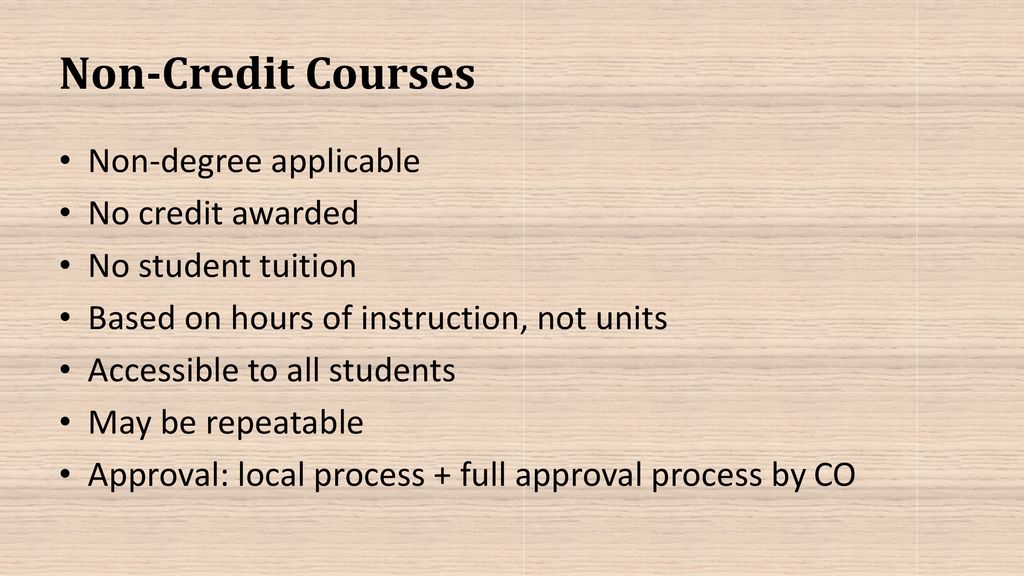
Development of New CTE Programs ppt download - Students who take credit courses receive a letter grade (a,. You might take a noncredit course, sometimes called continuing education, to gain job skills or just for fun. In general, credit courses are designed for students who are interested in earning college units towards a degree or certificate. By definition, credit programs allow students to earn college credit toward obtaining. You should also read this: Mira Vista Golf Course El Cerrito

Placing courses into areas of noncredit ppt download - They are intended for students who want to gain general knowledge, learn a new skill, upgrade existing skills or develop personal interests. Instead, they focus on providing knowledge, practical skills, and personal enrichment. A noncredit course is one that is approved by the college and district as meeting the needs of enrolled students but that does not award college credit. You should also read this: What Is A Golf Course Superintendent

The Truth About NonCredit Courses Myths Debunked and Why They Matter - Noncredit courses cannot be used toward a credit degree, but (and here is where it seems muddy) many noncredit job training and skill building courses award continuing education units, industry certifications or continuing education certificates. You might not be familiar with the difference between the two, but they each play a key role in higher education and provide valuable career. You should also read this: How Much Does An Adjunct Professor Make Per Course
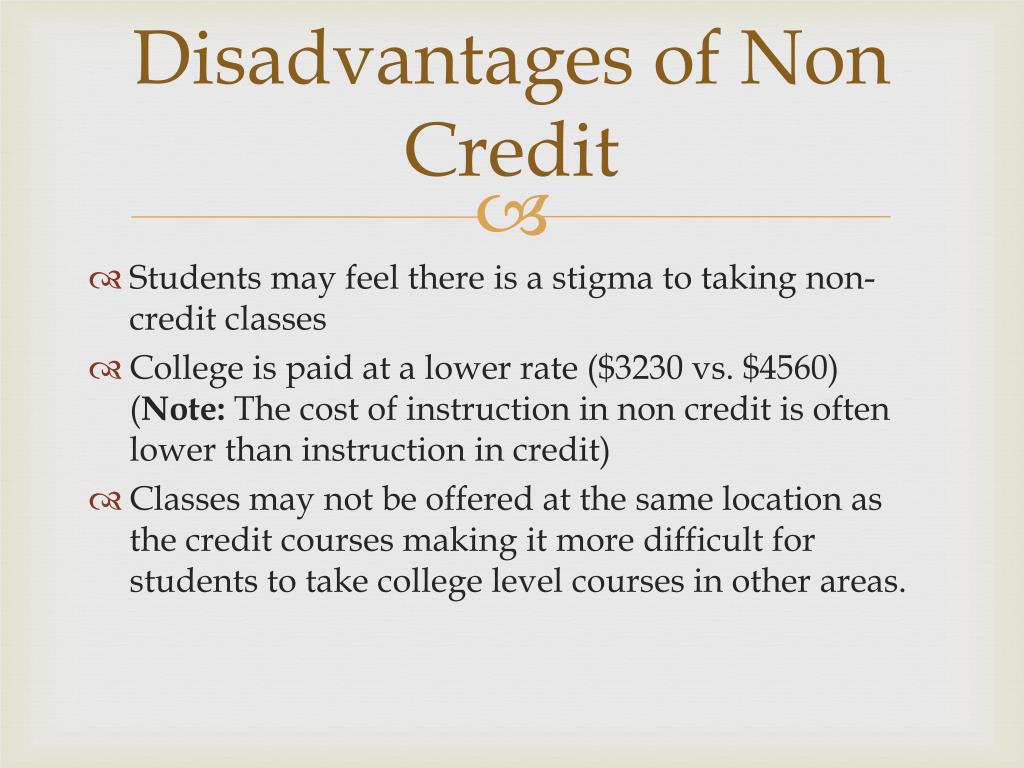
PPT Where Do The Pieces Fit? PowerPoint Presentation, free download - Noncredit courses cannot be used toward a credit degree, but (and here is where it seems muddy) many noncredit job training and skill building courses award continuing education units, industry certifications or continuing education certificates. Noncredit courses are offered through continuing education. You might take a noncredit course, sometimes called continuing education, to gain job skills or just for fun.. You should also read this: Blue Mash Golf Course Maryland

Development of New CTE Programs ppt download - Credit courses provide college units for students working towards a credit credential. They are intended for students who want to gain general knowledge, learn a new skill, upgrade existing skills or develop personal interests. Credit courses are usually taken to work towards a degree program. Short modules for the basics. Every course is designed to teach you what you need. You should also read this: How To Audit A Course

Understanding Credit and Noncredit TCTC - Instead, they focus on providing knowledge, practical skills, and personal enrichment. You might take a noncredit course, sometimes called continuing education, to gain job skills or just for fun. They are intended for students who want to gain general knowledge, learn a new skill, upgrade existing skills or develop personal interests. Credit classes are best for students pursuing a degree,. You should also read this: Asheboro Golf Courses
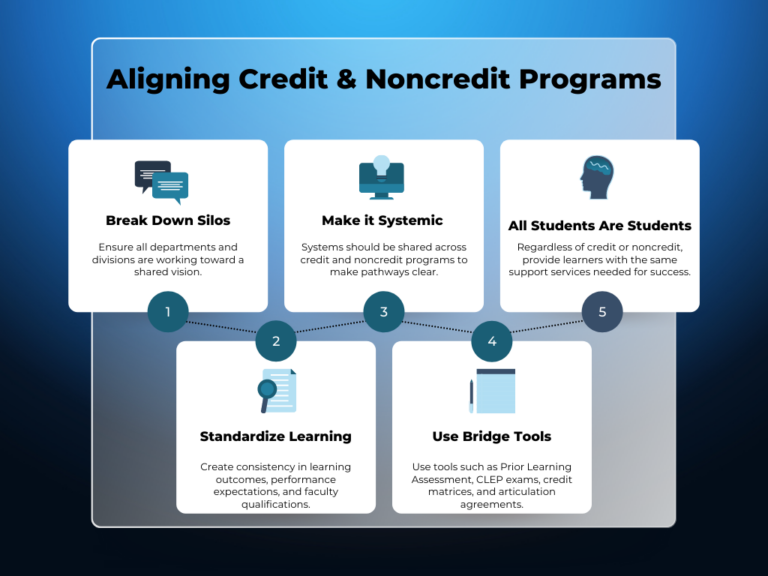
Aligning Credit and Noncredit Programs Learn Effective Strategies - Credit courses are usually taken to work towards a degree program. Students who take credit courses receive a letter grade (a,. You might not be familiar with the difference between the two, but they each play a key role in higher education and provide valuable career training, and one might be a better fit for you. Earn college credits that. You should also read this: Sniper Course
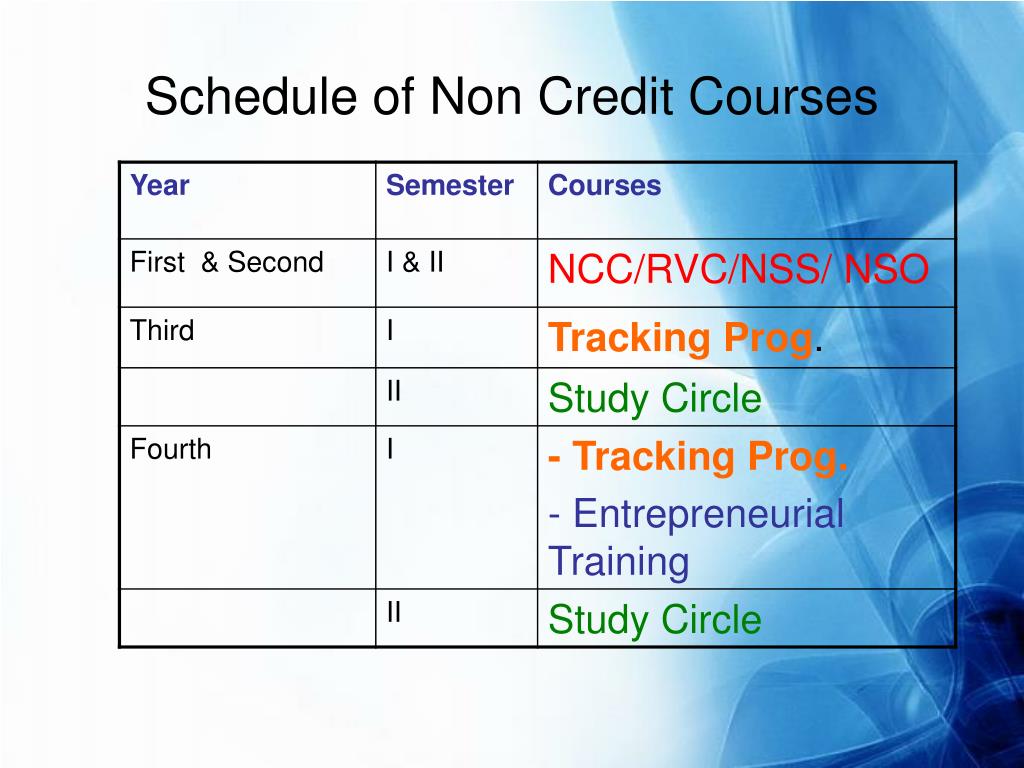
PPT Veterinary Education Regulations PowerPoint Presentation, free - You might not be familiar with the difference between the two, but they each play a key role in higher education and provide valuable career training, and one might be a better fit for you. Credit courses are usually taken to work towards a degree program. Every course is designed to teach you what you need to know in today’s. You should also read this: Eden Roc Golf Course
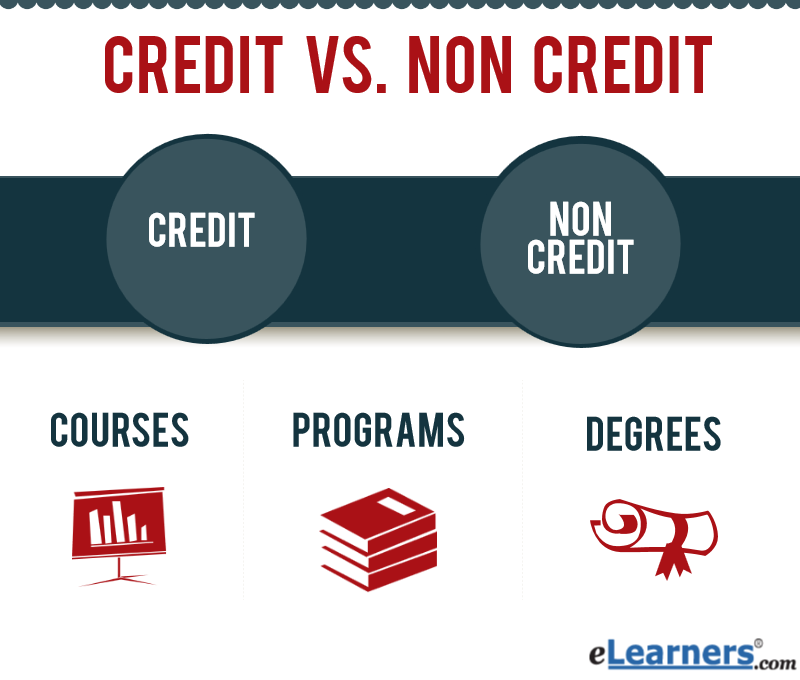
Credit vs. NonCredit - Credit refers to degree credit. Every course is designed to teach you what you need to know in today’s job market. Students who take credit courses receive a letter grade (a,. Ceus are nationally recognized credentials, regulated by the iacet, or international association for continuing education and training. Ceus help to create an academic record for students who are taking. You should also read this: Links At Queen Creek Golf Course